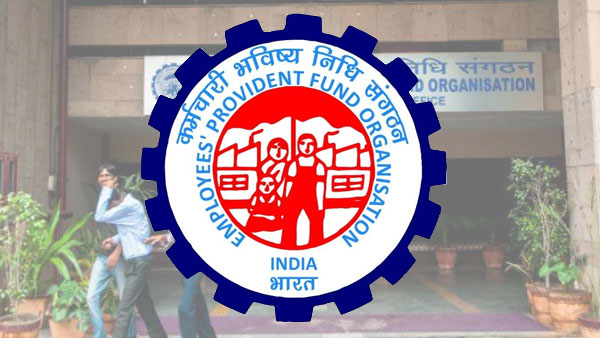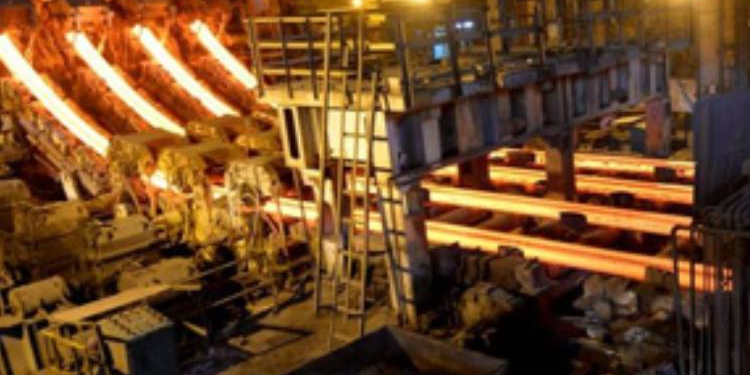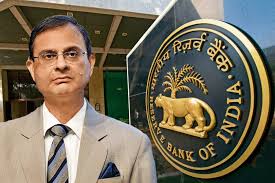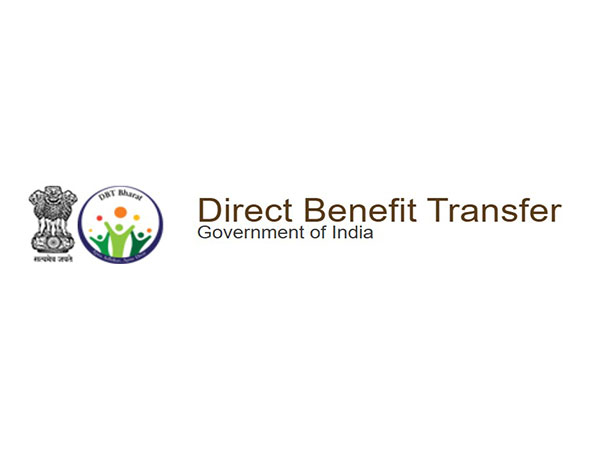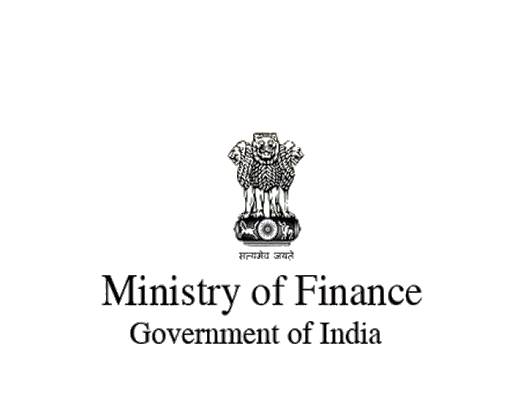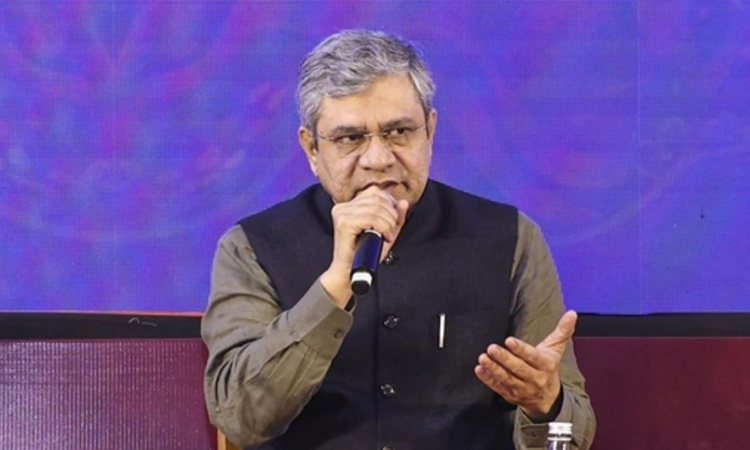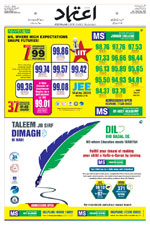PAN being made single business identifier for firms that would be acceptable to all departments or ministries at the Central and state level.
Tue 17 Jan 2023, 10:46:56
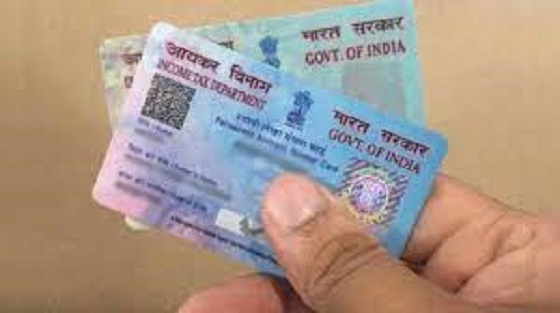
To further reduce the compliance burden, the Permanent Account Number (PAN) will likely be made as a single business identifier of each company that would be acceptable to all departments or ministries at the Central and state level.
Using the unique identifier PAN, the common information and documents could be auto-fetched across systems. An integrated system at the central and state level will provide relief to the user from repeated submission of documents, ensure the authenticity of the same and lead to quicker processing of requests, sources told media.
This integration would also help in easy return filings and fulfiling other compliances for businesses. Plans are afoot to prod every central, state and local government authority or agency to map the ID generated at their end to the PAN of the entity.
Companies deal with multiple identities (PAN, TAN, CIN, GST, EPFO, ESIC, Profession Tax) which are issued by different Central and state government agencies.
Currently, a business unit is required to submit the same information or document to multiple agencies to obtain various approvals as various departments within a state and Centre tend to work in silos.
In the last decade or so, various reforms have been implemented by the central ministries and states to improve the business environment in the country. However, policy-level reforms and technological interventions are required at the Central, state and district levels to achieve minimum government and maximum governance, sources said.
As far as practical, standardisation of
regulatory requirements and service delivery mechanisms across the Centre and the states would prove to be critical towards minimising the compliance burden. Compliances which could be done on a self-certification basis might also be identified. A self-certification regime would require changes in the statutes to remove provisions related to licences, sources said.
regulatory requirements and service delivery mechanisms across the Centre and the states would prove to be critical towards minimising the compliance burden. Compliances which could be done on a self-certification basis might also be identified. A self-certification regime would require changes in the statutes to remove provisions related to licences, sources said.
Delay in the issuance of certificates, approvals and no objection certificates (NOCs) is one of the major challenges faced by the industry, leading to an increase in the costs of capital and project. For instance, a preliminary study of the single window system of a state showed that details of the directors of the company are to be submitted eight times to different departments for various purposes such as factory plan approval, consent to establish, factory licence, contract labour registration, etc.
During the next five years, the sectors such as medical devices, drugs and pharmaceuticals, electronic products, textiles and auto components will likely be targeted for minimising regulatory compliance for higher growth and employment creation, sources said.
To ensure uniformity in the enforcement of contracts across states, the Centre might adopt a model contract template. There is a need to streamline judicial mechanisms and digital processes to fast-track dispute resolution, sources said.
In the last two decades, India has transformed from an agriculture-led economy to a service-led economy. However, the share of manufacturing value added to GDP was stagnant at 15%. The Centre aims to increase the manufacturing share to 27% by 2047.
No Comments For This Post, Be first to write a Comment.
Most viewed from Business
AIMIM News
Latest Urdu News
Most Viewed
May 26, 2020
Do you think Canada-India relations will improve under New PM Mark Carney?
Latest Videos View All
Like Us
Home
About Us
Advertise With Us
All Polls
Epaper Archives
Privacy Policy
Contact Us
Download Etemaad App
© 2025 Etemaad Daily News, All Rights Reserved.



